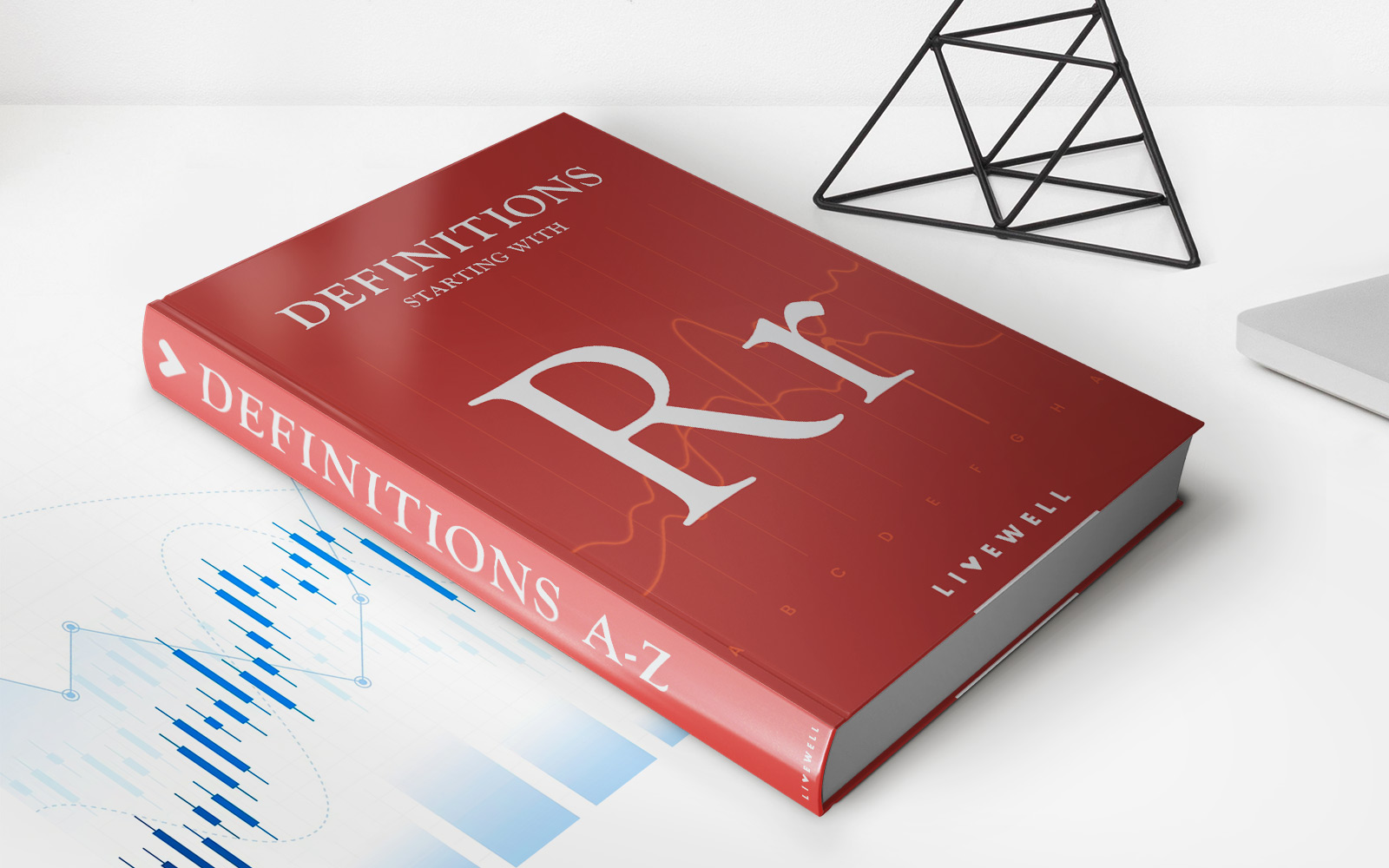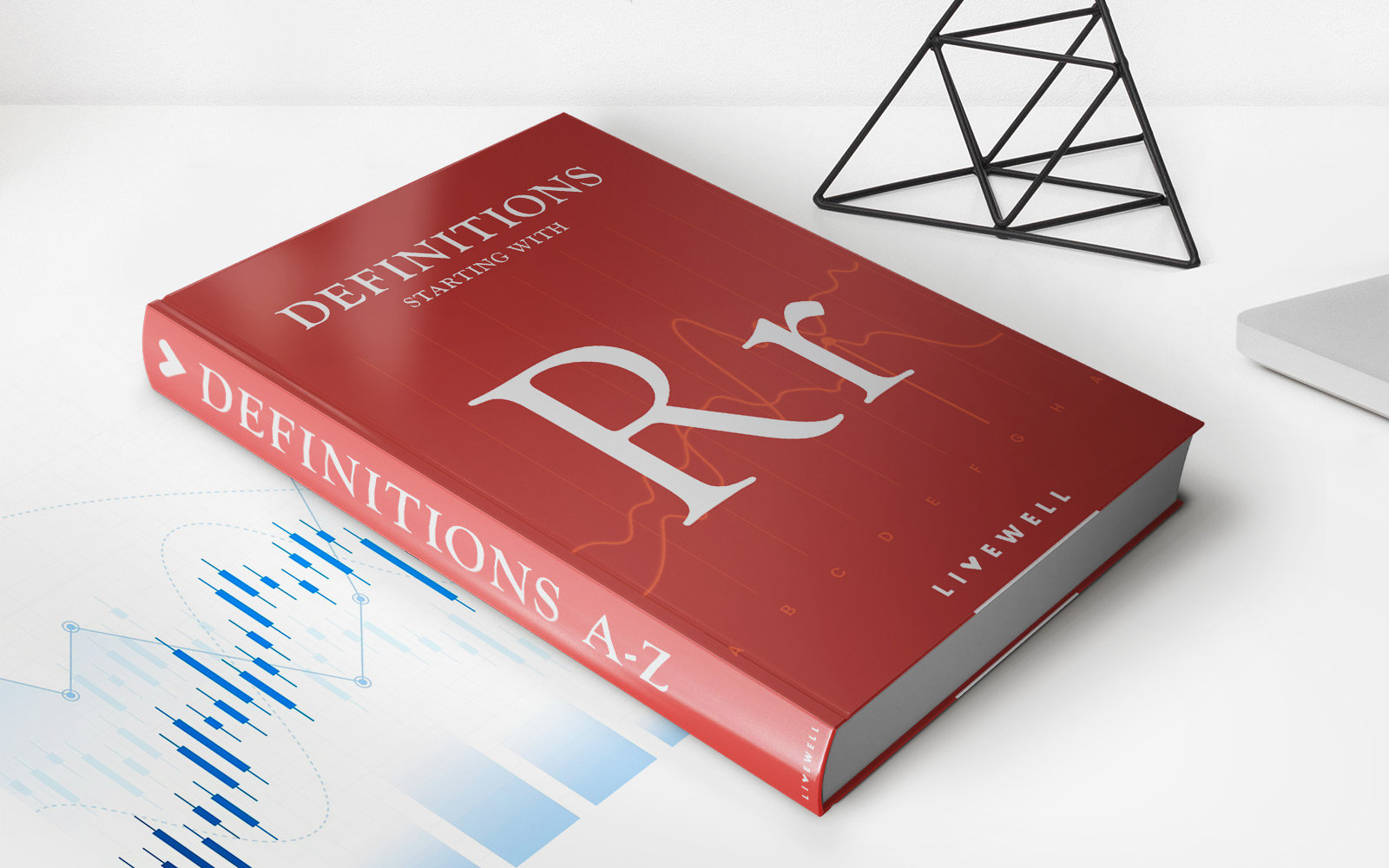Home>Finance>Bailment: Definition, How It Works, Types, And When It Ends


Finance
Bailment: Definition, How It Works, Types, And When It Ends
Published: October 12, 2023
Learn about bailment in finance, including its definition, how it works, different types, and when it comes to an end.
(Many of the links in this article redirect to a specific reviewed product. Your purchase of these products through affiliate links helps to generate commission for LiveWell, at no extra cost. Learn more)
Understanding Bailment: Definition, How It Works, Types, and When It Ends
Have you ever wondered about the legal concept of bailment? What exactly is bailment, how does it work, and when does it end? In this article, we will delve into the world of bailment and provide you with a comprehensive understanding of its definition, workings, types, and termination.
Key Takeaways:
- Bailment is a legal relationship in which one party, known as the bailor, transfers possession of personal property to another party, known as the bailee, for a specific purpose and duration.
- There are three main types of bailments: bailments for the sole benefit of the bailor, bailments for the sole benefit of the bailee, and mutual benefit bailments.
Definition of Bailment
Bailment refers to the voluntary transfer of possession of personal property from one party, the bailor, to another party, the bailee, for a specific purpose and period of time. In this arrangement, the bailor retains ownership of the property but relinquishes temporary possession to the bailee.
Bailments typically occur in various situations, such as when you leave your car with a valet, send a package through a courier service, or store your belongings in a storage unit. The bailor must have physical control over the property and voluntarily deliver it to the bailee.
How Bailment Works
When a bailment is established, certain obligations and duties arise for both the bailor and the bailee:
Responsibilities of the Bailor:
- The bailor must retain ownership of the property and have the right to possess it.
- The bailor should deliver the property to the bailee with the intention of creating a bailment.
- The bailor must disclose any known defects or dangers associated with the property.
- The bailor has the right to terminate the bailment at any time.
Responsibilities of the Bailee:
- The bailee must take reasonable care of the property while it is in their possession.
- The bailee should use the property solely for the purpose specified in the bailment agreement.
- The bailee is responsible for returning the property to the bailor or disposing of it as instructed, once the bailment ends.
Types of Bailments
There are three main types of bailments:
1. Bailments for the Sole Benefit of the Bailor:
- In this type of bailment, the bailor receives the primary benefit.
- Examples include leaving your car with a mechanic for repairs or lending a book to a friend.
- The bailee is under a duty to exercise slight care.
2. Bailments for the Sole Benefit of the Bailee:
- In this type of bailment, the bailee receives the primary benefit.
- Examples include borrowing a friend’s lawnmower or renting a car.
- The bailee is under a duty to exercise great care.
3. Mutual Benefit Bailments:
- In this type of bailment, both the bailor and the bailee receive a benefit.
- Examples include hiring a moving company to transport your furniture or depositing money in a bank.
- Both parties are under a duty to exercise reasonable care.
When Bailment Ends
A bailment can end in several ways:
- Completion of Purpose: The bailment ends when the purpose for which the property was bailed is accomplished.
- Expiration of Time: The bailment terminates when the agreed-upon duration expires.
- Renunciation: Either the bailor or the bailee may terminate the bailment by giving notice to the other party.
- Loss or Destruction: If the property is lost or destroyed while in the bailee’s possession, the bailment terminates.
- Return: The bailment ends when the bailee returns the property to the bailor.
It’s important to note that the terms and conditions of a bailment are usually outlined in a written or oral agreement between the bailor and the bailee. This agreement helps establish the rights and responsibilities of both parties and ensures clarity throughout the bailment.
Now that you have a better understanding of what bailment is, how it works, the different types, and when it ends, you can navigate these legal waters with confidence. Whether you find yourself in a bailment situation as a bailor or a bailee, knowing your rights and obligations will help you protect your property and make informed decisions.














